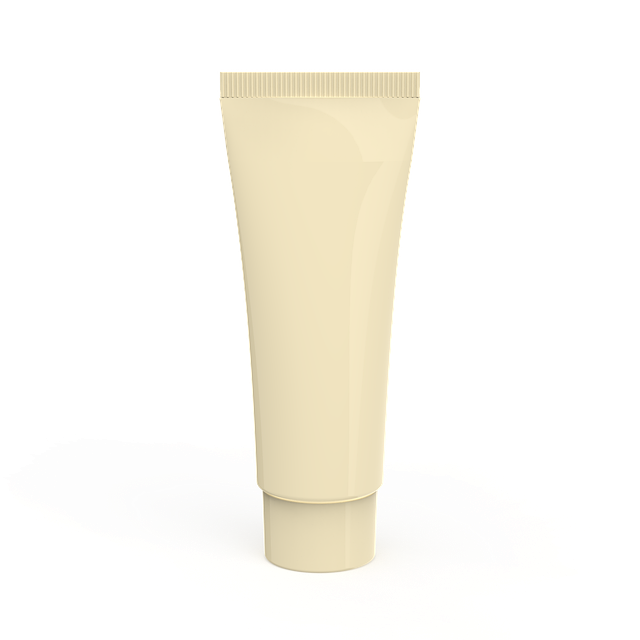Sheffield silver, a 19th-century English craftsmanship tradition, is celebrated for its intricate engravings and ornate details. Originating from Sheffield, England's metalworking hub, it reflects historical symbols and floral motifs. Antique pieces are highly prized for their aesthetic beauty and historic value, featuring elaborately carved designs ranging from Art Deco to traditional styles. Verifying hallmarks ensures purity and authenticity, making Sheffield silver a globally sought-after collection piece.
“Unveil the timeless allure of Antique Sheffield Silver Jewelry—a treasure trove of intricate craftsmanship and historical significance. From its modest origins to becoming a symbol of elegance, Sheffield silver has captivated collectors and enthusiasts alike. This article delves into the rich history of this distinctive style, unravels the ornate details and engravings that set it apart, and explores the art of engraving behind these exquisite pieces. Additionally, we provide essential care guidelines to preserve the beauty of antique Sheffield silver for future generations.”
- The History of Sheffield Silver
- – A brief overview of the origins and development of Sheffield silver as a distinctive style.
- Recognizing Ornate Details in Antique Sheffield Silver
- – Exploration of common design elements, motifs, and engravings found in ornate Sheffield silver jewelry.
The History of Sheffield Silver
Sheffield silver has a rich history dating back to the 17th century, when the city of Sheffield in England emerged as a major centre for silver and metalware production. Known for its skilled artisans and innovative techniques, Sheffield became renowned worldwide for creating exquisite pieces, particularly during the Victorian era. The city’s reputation grew due to its ability to combine fine craftsmanship with advanced manufacturing methods, resulting in a unique blend of ornate details and intricate engravings that defined its silverware.
The demand for Sheffield silver was fuelled by the growing middle class who sought luxurious items for everyday use and special occasions. This period saw the rise of elaborate designs, often featuring floral motifs, historical symbols, and script-based engravings, all crafted with exceptional skill and precision. Many pieces from this era are highly collectible today, appreciated not only for their aesthetic appeal but also for their historical significance.
– A brief overview of the origins and development of Sheffield silver as a distinctive style.
Sheffield silver emerged as a unique and distinctive style, primarily in the 19th century, from the city of Sheffield, England. It is renowned for its intricate designs, ornate details, and elaborate engravings, setting it apart from other types of silverware. The city’s rich industrial heritage and skilled craftsmen played a pivotal role in shaping this elegant metalwork tradition.
The development of Sheffield silver was influenced by the region’s thriving metalworking industry and the demand for high-quality, decorative objects. Artisans in Sheffield began experimenting with new techniques, incorporating elaborate patterns and intricate engravings into their silver pieces. This style quickly gained popularity due to its exquisite craftsmanship and unique aesthetic appeal. Over time, Sheffield silver became synonymous with fine art and craftsmanship, attracting collectors and enthusiasts worldwide.
Recognizing Ornate Details in Antique Sheffield Silver
When evaluating antique Sheffield silver, one of the most captivating aspects is the intricate ornate details adorning each piece. These exquisite designs often feature elaborate engravings, scrollwork, and textured patterns that showcase the craftsmanship of the era. To recognize true Sheffield silver with ornate details, examine the hallmarks on the piece. These marks indicate the silver’s purity and origin, ensuring you’re investing in a genuine antique.
The intricate patterns themselves can vary widely, from floral motifs to geometric shapes and even detailed scenes. Each design tells a story about the trends and artistic influences of the time. Paying close attention to these ornate details allows collectors to acquire pieces that not only possess historical value but also aesthetic appeal, making them standout additions to any antique jewelry collection.
– Exploration of common design elements, motifs, and engravings found in ornate Sheffield silver jewelry.
Antique Sheffield silver jewelry stands out for its exquisite craftsmanship and intricate designs. Common design elements include elaborate engravings, often featuring floral motifs, spirals, and geometric patterns. These detailed carvings are not merely aesthetic; they serve as a testament to the skill of the silversmiths who meticulously crafted each piece. Motifs like roses, vines, and intertwined bands are particularly popular, symbolizing love, growth, and eternal bonds. Engravings may also include ornate scripts, reflecting the era’s calligraphy trends, or even personal monograms, adding a unique touch to each item.
The versatility of Sheffield silver is evident in its diverse range of styles, from elegant Art Deco pieces with clean lines and geometric shapes, to more traditional designs with heavy textures and deep cuts. These variations cater to varying tastes while maintaining the characteristic ornate details that define Sheffield silver. The use of intricate engravings not only enhances the visual appeal but also contributes to the piece’s value, making antique Sheffield silver a cherished possession for collectors worldwide.
Sheffield silver, renowned for its intricate designs and rich history, continues to captivate collectors and enthusiasts worldwide. Its ornate details and unique engravings tell stories of bygone eras, making each piece a true treasure. By recognizing the common design elements and motifs discussed in this article, one can navigate the captivating world of antique Sheffield silver jewelry, ensuring they appreciate its artistic value and historical significance.
